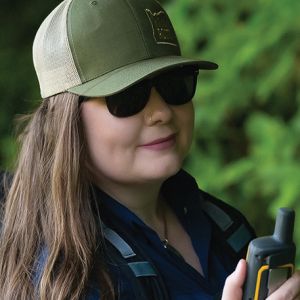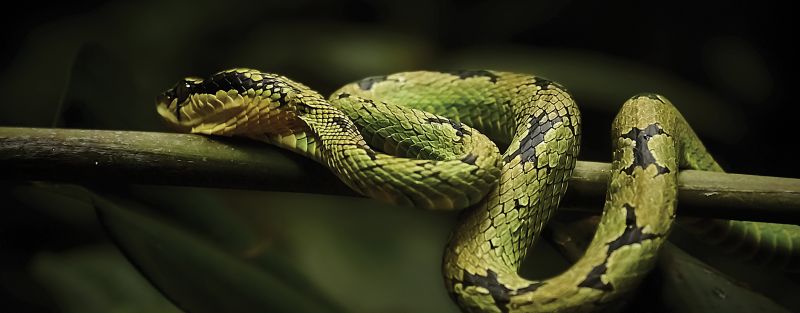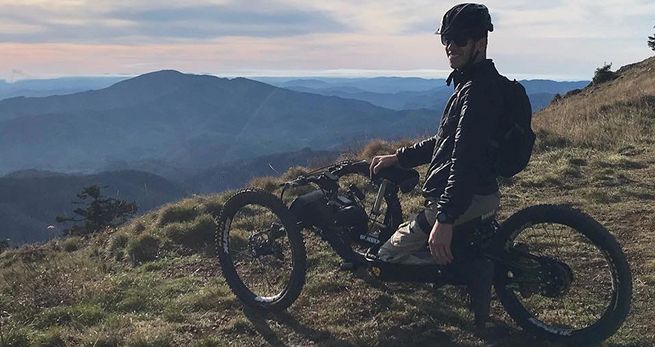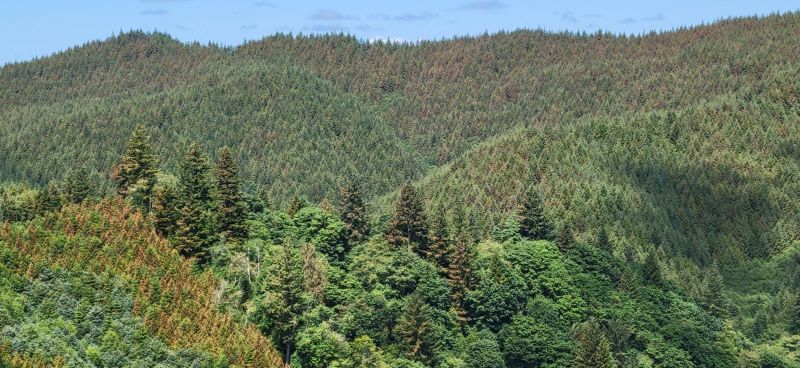
Position at Oregon State University: Assistant Director of Development for the College of Forestry
Tell us a little bit about where you are from…
I was born and raised in the “iconic” suburb of Hillsboro, OR. Fun fact about Hillsboro, for a while it was home to the largest Costco in the world–or at least that was the suburban legend growing up there.
What brought you to OSU? What is your role in the College of Forestry?
I graduated from COF in 2018 and I returned to CoF in 2020 to start my role as Assistant Director of Development. In my role I help fundraise for the College; think scholarships, fellowships, program support etc.
What’s your favorite part about working for the College of Forestry?
My favorite part about working for COF is the sense of purpose it provides me. I strongly believe in the transformational power of higher education and I believe that forestry and natural resource management is critical to a sustainable future. So working for the College of Forestry is at the nexus of my passions and fundraising for something I truly believe in makes it easy(ier) 😉 to wake up and come to work everyday.
What’s a cool work-related project you are working on right now?
My favorite thing to do at work right now is taking donors on tours of the new Peavy Forest Science Center. It is awesome to see alumni’s faces light up when they are checking out all the unique spaces. I have heard from more than one alum that they wish they could come back and be a student just to study in the new Peavy–it is pretty awesome!
What do you like to do outside of work?
Hobbies, family, volunteer work, etc. I like to camp, hike, and kayak when I can and hang out with my friends and family as often as possible. I also enjoy a spending an afternoon in a hammock with a good book. Post-pandemic I am excited to get back to my favorite volunteer program working with Let’s Go Camping to teach families new to camping “how to camp”–its so fun and rewarding!
What’s your favorite food?
I am not sure what my favorite food would be today, too many to chose from. But I know that in kindergarten I wrote in my “About Me” book that my favorite food was salted peanuts and honestly they still hold up today.
What’s your favorite time of the year? Why?
My favorite time of year is the 1st week of transition between the seasons. The first rain of fall and the first sunny day of spring always make me pick my head up a little and smile at the world around me.
Do you have any children or pets?
I have a Decker Terrier named Ty that my husband and I adopted when we were students at OSU. Fun fact about Decker terriers, they are breed of heftier rat terriers that were originally bred by Milton Decker, College of Forestry class of 1960. You can read the story here: https://nationalpurebreddogday.com/the-decker-rat-terrier/
If you could have one superpower, what would it be? Why?
If I had a superpower it would be to absorb knowledge through osmosis so if I took a nap on a textbook I would just absorb the knowledge in my sleep.









